
The Continental Shelf Project
Launched in 2002, the continental shelf project is to document the Unity of the Realm’s rights to the seabed and thus the right to exploit the resources that ...

Seasonal pollution in Northeast Greenland
Unexpected results from airborne surveys in the 1970s showed that the air over Greenland was polluted and that the pollution of the Arctic atmosphere required p...

Systematic environmental monitoring
There are several monitoring programmes in Greenland that follow changes in nature: From 25 measuring stations and using data from aircraft and satellites, Prom...

The National Park in north and east Greenland
The world’s largest national park of 970,579 km2 covers the north-eastern part of Greenland. The national park stretches from Hall Land in the northwest to Ja...
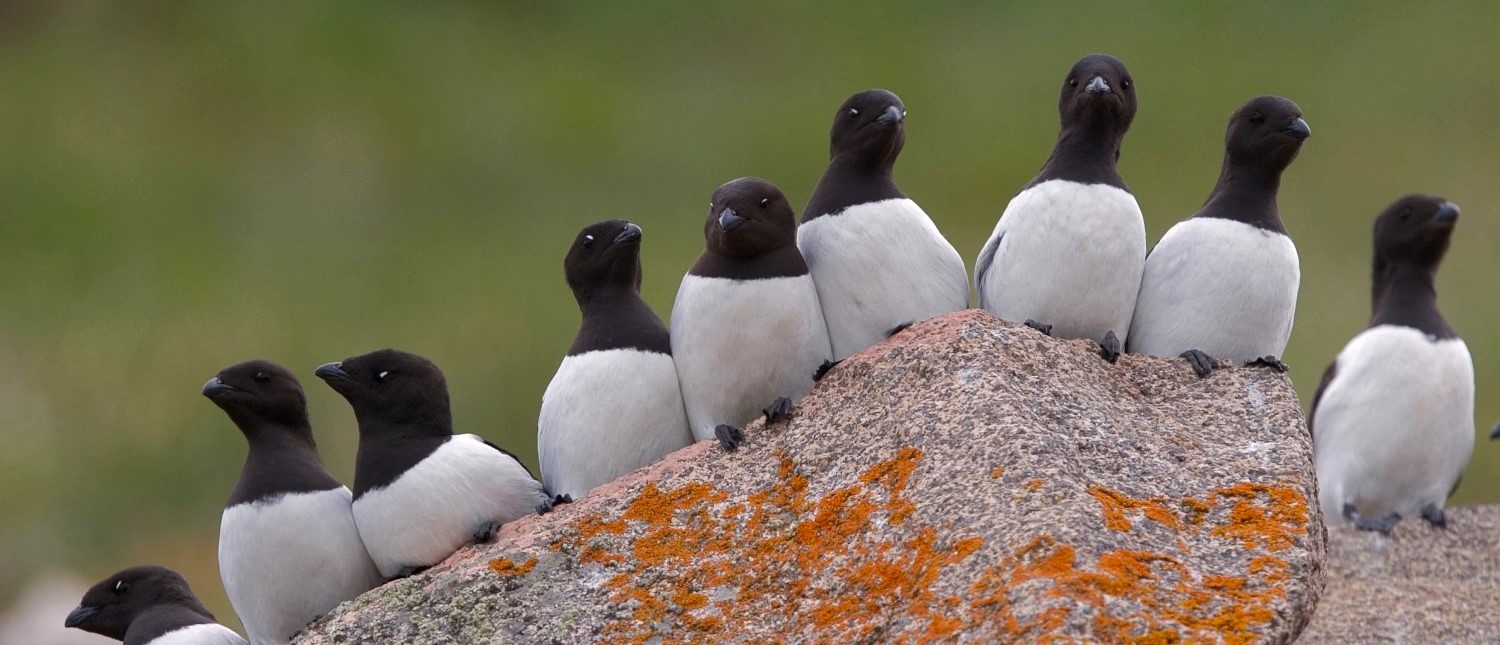
Bird species in Greenland
Approx. 235 bird species have been registered, of which about 60 breed regularly in the country. Most migrate south in winter, the arctic tern as far away as An...

The mapping of Greenland
Different peoples have come to Greenland on various occasions. The first came from North America and spread over large parts of Greenland. Little is known of th...
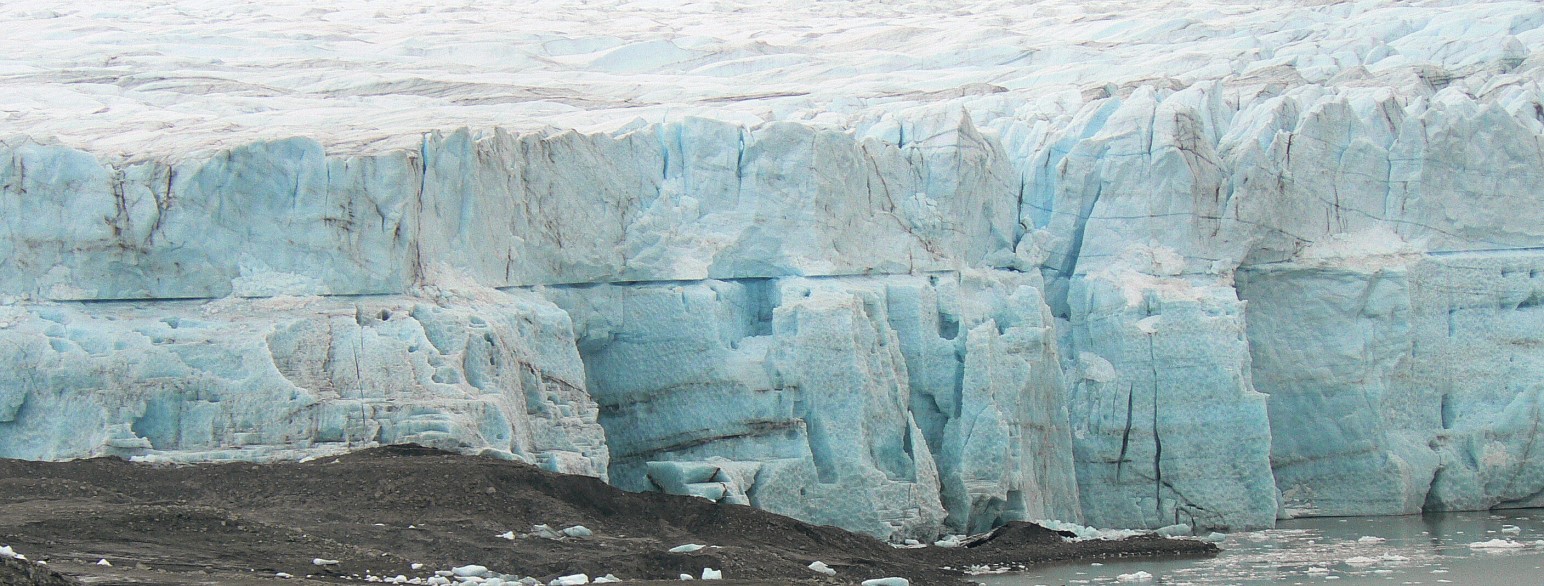
The ice sheet
The ice sheet covers 81 % of Greenland and glaciers and ice streams extend to the coast, where icebergs calve and meltwater forms rivers and fills lakes. The ic...
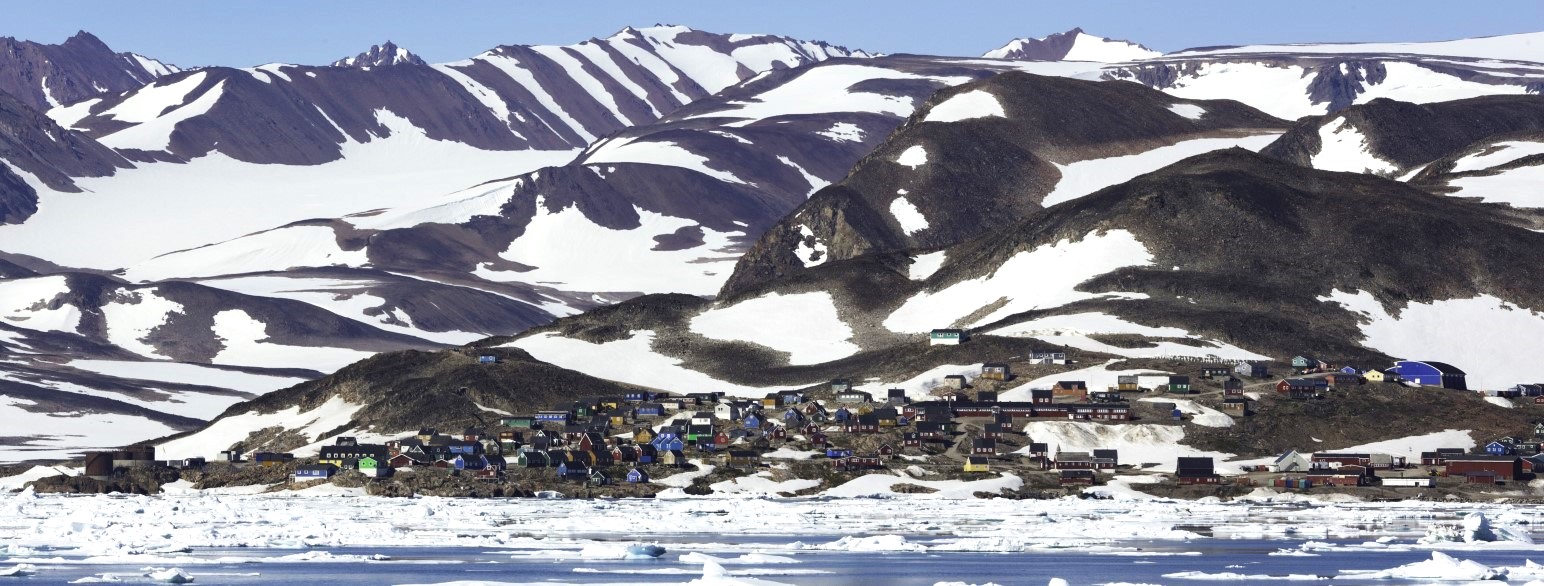
Coasts
Greenland is dominated by an about 44.000 km long coastline between the ice sheet and the sea. Most human activity takes place near the coasts. Most towns and s...
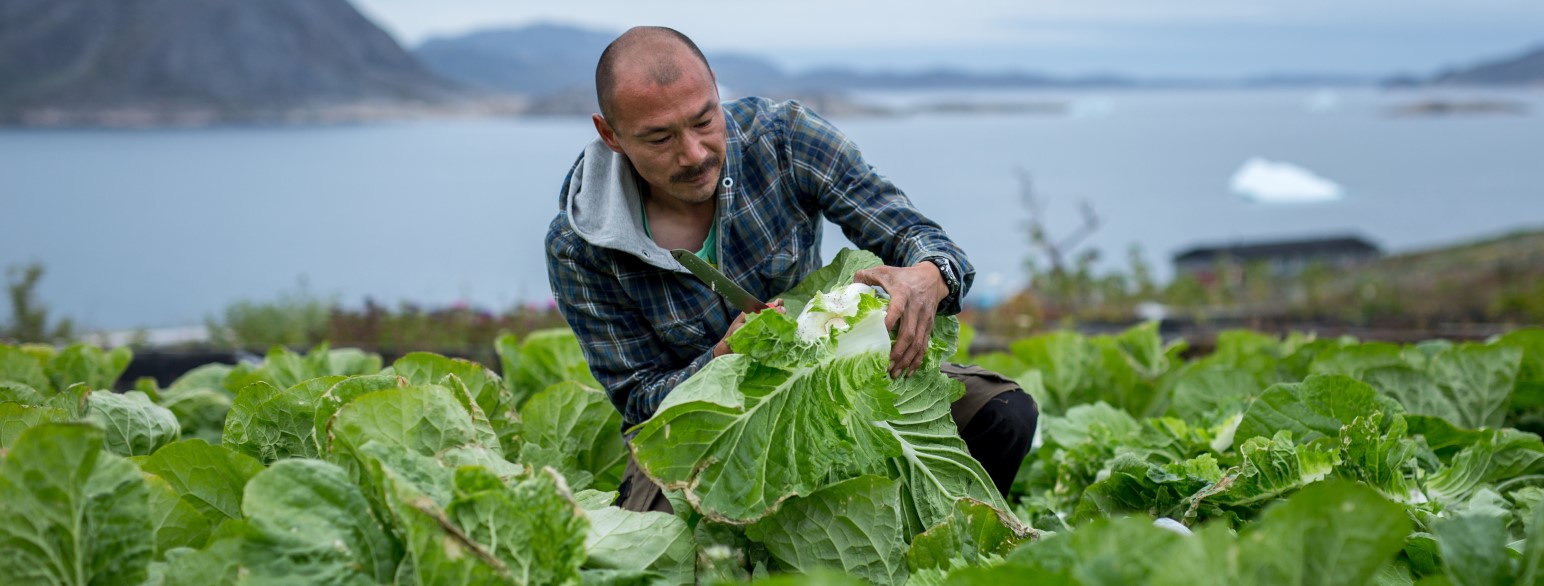
Agriculture in Greenland
Agriculture and livestock farming in Greenland root back to the Norse. More than 1,000 years ago, Erik the Red and his successors came from Iceland and brought ...
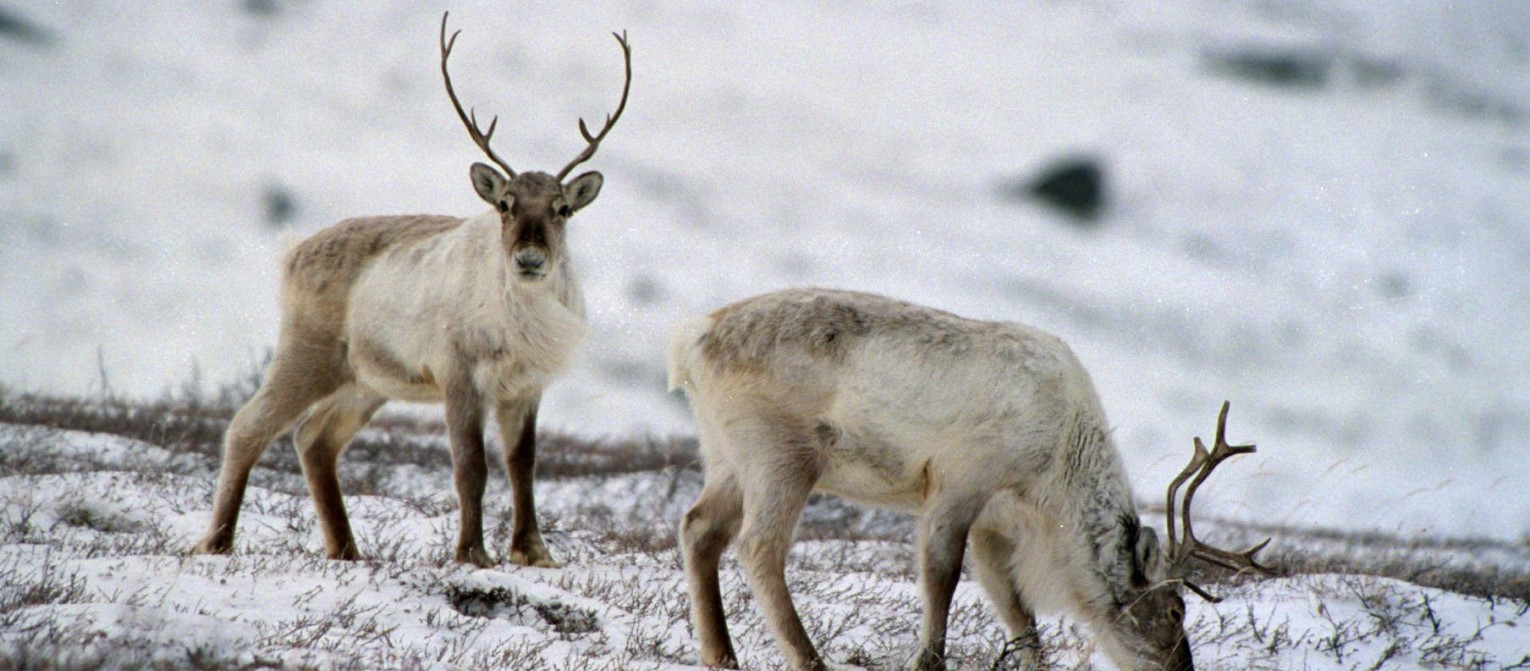
The ice-free landscapes
The landscapes are determined by their underlying parent material and shaped by the erosion of repeated glacial periods and the redistribution of sediments. Dur...
